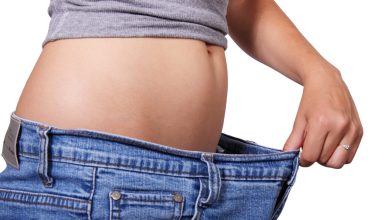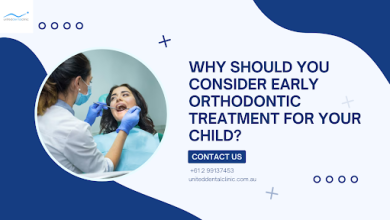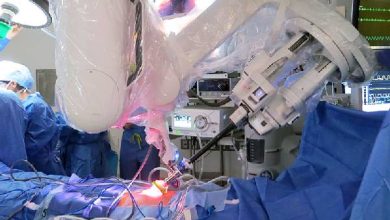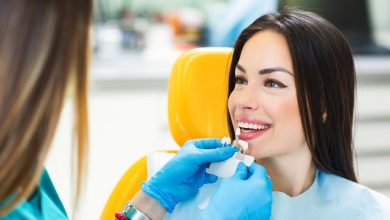What are the risk factors of piles?
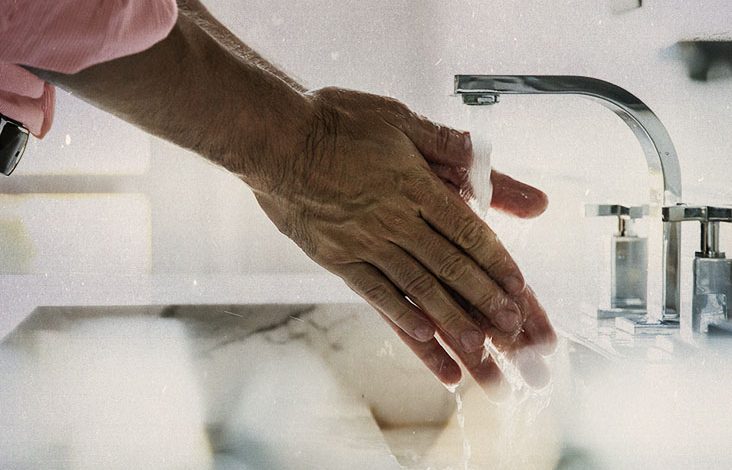
Piles, or Hemorrhoids (Haemorrhoid), are varicose veins that are present around the anus. Piles symptoms include reddish lump inside or outside the anus which becomes swollen and sore during bowel movements.
Maybe you want to know what causes piles too. Learning about health and how the body works should be just as important as learning any subject in school unlike what many parents think these days. Piles causes can be genetic and may begin to appear in childhood. It can also have an effect on a person’s lifestyle such as hard stools, constipation, frequent diarrhea, straining during bowel movements and pregnancy.
According to the NHS, piles affect around one in five people at some point in their life. However, most of us tend to dismiss the problem as something that doesn’t require treatment and is just something we have to live with. Also known as haemorrhoids, piles can be extremely painful but often happen without any noticeable symptoms at all. This can mean the problem is left undiagnosed and untreated for many years — until it begins to impact on how you live your life and ‘invisible’ piles turn into a very visible condition.
According to research published in the Indian Journal of surgery back in 2017, it was found out that 50% of men and women in India over the age of 50 may develop the symptoms of hemorrhoids at some point in their life. While there is no known treatment for 100% cure for piles, it can still be managed by following some measures like sitting on the toilet more regularly or getting a surgical procedure.
Risk Factors
Constipation and diarrhea are two very common symptoms. In fact, they affect millions of people and become a real problem in terms of quality of life. The two conditions are paradoxical: while constipation can cause the latter and vice versa, both constipation and diarrhea can also be caused by a whole range of diseases. They may affect any time of life: newborns, children, adolescents and adults. A lot depends on the “filling” (or rather lack thereof) the person’s diet: drinking lots of water or juices (especially lemon), eating foods rich in fiber and bulk (fruit, leafy vegetables) as well as eating at regular times each day. As a general rule, prior to calling the doctor or taking medications it is always a good idea to replace your diet with these foods to see if the problem gradually disappears. In some cases, chronic diarrhea, although not deadly on its own, indicates an underlying health problem such as celiac disease or inflammatory bowel disease; a parasite infection; Crohn’s disease, ulcerative colitis, cancer (more often colon, rectum or pancreas), irritable bowel syndrome, diabetes, gall bladder disease, too much laxative use.
Straining would have been one of the leading causes of piles in the past. With the advent of modern toilets, this is no longer the case. But, even then, straining your abdominal muscles can still lead to piles. The Mayo Clinic also states that an activity such as cycling and horse riding can also contribute to weakening pelvic muscles and help cause piles. So if these activities are causing your strain, it’s best to try to limit them for some time.
Treatment
Piles, or haemorrhoids, are swollen and inflamed blood vessels in the anal region. The condition may occur when pressure builds up inside the anus, thus causing internal blood vessels to blow up like balloons. Pain, itching and bleeding are common symptoms, particularly during bowel movements. Left untreated, piles can cause more severe problems and complications like bleeding, infection and prolapse (when an internal organ drops down into the rectum). A high-fibre diet and increasing water intake are important lifestyle changes you should make to help prevent haemorrhoids or manage their symptoms.
Removing piles caused by veins and others causes is not a quick fix and if you ignore the problem you may face serious complications of piles. This is why immediate treatment for piles is recommended for every person at an early stage of development. When the condition gets really severe, surgery is also recommended and laser surgery for piles becomes one of the most suitable treatments for this problem.
Internal piles are treatable, but you should be aware of the things that could aggravate an existing condition. For example, constipation and straining during bowel movements can lead to internal piles. If a person is suffering from an internal pile, it is recommended to take fiber-rich diet, exercise and consult a doctor.
Read More Blogs.

